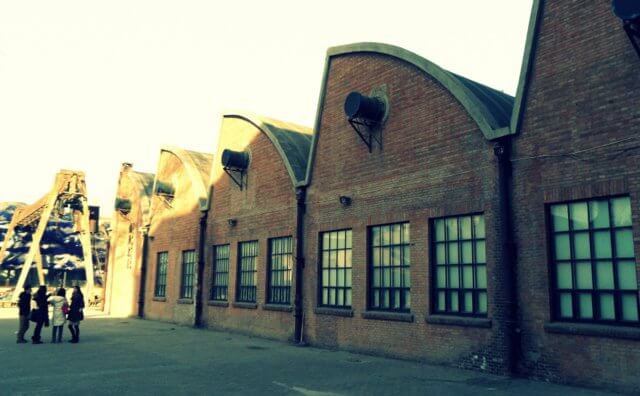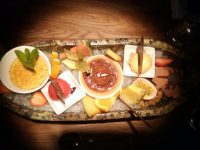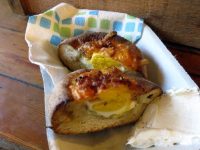
Also known as the Dashanzi Art District, 798 Art District is a thriving artistic community set amongst a huge factory. When it was built in the 50’s the factory was known simply as number 798, part of the Beijing North China Wireless Joint Equipment Factory complex (or Joint Factory 718 for short, the 7 designating a military factory).
When the factories were being built the Chinese turned to the East Germans who were renowned for building much of Russia’s infrastructure at the time. The East Germans, left to design the factories themselves, eschewed the more decorative Russian style for the functional Bauhaus style. This resulted in the famous saw tooth roof design, intended to let as much natural light as possible onto the factory floor, with all the windows facing north to minimise shadows.
The factory operated from 1957 to the early 1990’s but eventually was vacated and left empty for many years. It wasn’t until 2001 that artists started trickling in to the by now low-rent spaces. By 2004 it showed signs of gentrification and is now home to many of the capital’s richer artists and is well supplied by expensive restaurants and a newly burgeoning café culture.
As a result there’s not actually much art creation going on here anymore and it’s mainly full of galleries and shops, which are used more for large fashion product launches than encouraging young artists.
Arriving late as usual we headed straight for lunch in the Ullens Center. It all looked a bit overly fancy from the outside but the Western-style food was absolutely exquisite, with a water bath cooked steak being the highlight.
From there we took in the 798 Photo Gallery, passing between the various levels using an arrangement of wobbly stairs without handrails that wouldn’t begin to pass Health & Safety in the UK.
Elsewhere it was possible to get inside the main factories and the Bauhaus planning could be understood much better from the inside as the natural light showed the artwork in the best conditions.
Some of the smaller factories and workshops in the area are still in use, so we took a short cut through the railway yard and a working laundry to a Tibetan gallery and a well hidden room full of oil paintings.
Back in the main area there are a number of large scale scultures in the squares between the factories and these look all the more dramatic with the saw tooth Bauhaus factories in the background.









soul-less dinosaur, great example of what happens when heart is removed from art.
If you mean the place itself, I’d have to agree. All the smaller, innovative young artists have been priced out of the area.